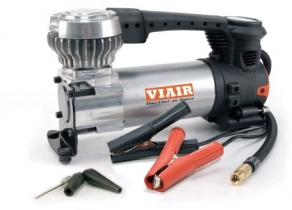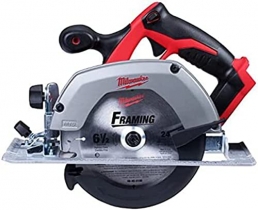-
Welcome to Tacoma World!
You are currently viewing as a guest! To get full-access, you need to register for a FREE account.
As a registered member, you’ll be able to:- Participate in all Tacoma discussion topics
- Communicate privately with other Tacoma owners from around the world
- Post your own photos in our Members Gallery
- Access all special features of the site
The Ultimate Tacoma Lift Guide
Discussion in 'Suspension' started by libagui, Sep 5, 2017.
Page 1 of 2
Page 1 of 2


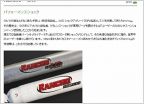 05 saggy front end. Replace with newer model struts?
05 saggy front end. Replace with newer model struts?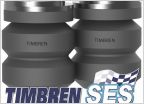 2nd Gen OME Dakar hub to fender measurements
2nd Gen OME Dakar hub to fender measurements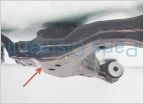 Write-up: 3rd Gen Bilstein 6112/5160 with 3-Leaf AAL for 1.5" lift
Write-up: 3rd Gen Bilstein 6112/5160 with 3-Leaf AAL for 1.5" lift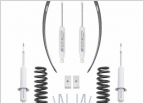 ProComp 3 Inch Lift Kit with ES9000 shocks?
ProComp 3 Inch Lift Kit with ES9000 shocks?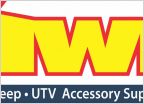 Greasing OME Dakar Bushings
Greasing OME Dakar Bushings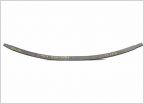 Front higher than rear - OME 3" Suspension
Front higher than rear - OME 3" Suspension

